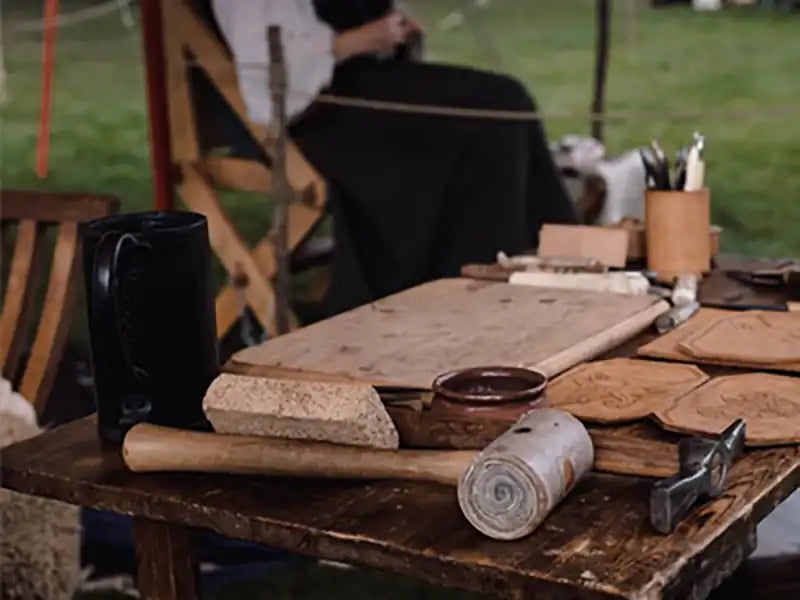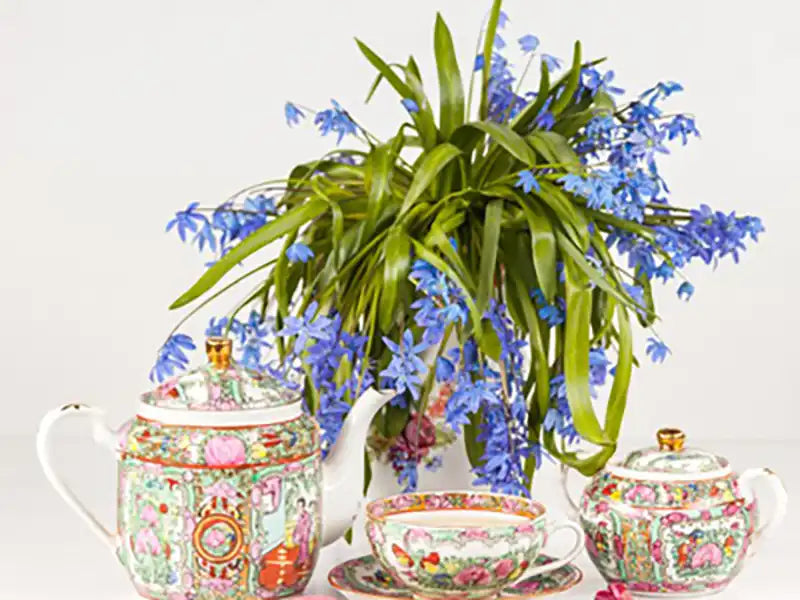Again, me and the smell of flowers
This time we have prepared a variety of flowers for you.In this post, you will get familiar with popular blue flowers and learn how to care for them. Rarely can blue be found naturally among flowers. Fortunately, large flowers like Idris have bright sky blue petals, and lilies can grow in classic blue. Blue, which has long been a symbol of peace and tranquility, can add colour to your backyard.
No matter what area you live in, there must be a flower that is compatible with your garden. Below you can see the need for some blue flowers for sunlight and soil, read on to learn more. The smell of flowers is always on your mind!
All kinds of blue flowers
Clove (St. John's wort) Carnations grow annually and have wavy blue flowers that strongly attract bees and butterflies that needs Light: Full sun.
Flower Tip: Clove is not a good plant to transplant. Instead of planting this flower indoors, plant the seeds in the fall or early spring.
Blue-thorned flower (Echinopsis retro)
The name of this flower is given to it because of its ball-like appearance. The plant has green razor blades with bluish-purple flowers.
Light: Full sun / partial shade
Tip: Be sure to prune this plant, but wait until early spring.
Blue Iris (Iris Siberica): Iris flowers have attractive grass-like leaves. Its beautiful flowers grow on the moon and grow until June.
Soil: Wet
Light: Full sun / partial shade
Note: Rangers need little care, but are very interested in water. These flowers grow best near ponds or springs.
Idris (Macrofila Hydrangea): These large sky blue blooms will definitely make your garden glamorous. They have large flower heads that are composed of many smaller flowers.
Soil: Wet, well drained
Light: Full sun / partial shade
Tip: Help the hydrangeas become more watery by increasing the acidity of the soil.
Empire Blue Butterfly Plant (Badia David): The butterfly plant has spear leaves with arched branches. This species has pale blue flowers that grow in nature.
Soil: Well drained
Light: Full sun
Note: This flower is one of the most fragrant flower species and it will surely attract the attention of many butterflies and birds.
Oxford Blue (Ringium Borgati): Oxford blue has thin massive leaves with strong white stems and conical flowers. The flower heads are dark blue with sharp tips and spears.
Soil: Dry, well drained
Light: Full sun
Note: This flower attracts bees, butterflies and birds. Parts of this plant are toxic to humans and can be dangerous if digested.
Blue Dolphin (Dolphin): Dolphins are hardy plants with conical flowers. They are suitable for rural gardens and grow beautiful decorative flowers.
Soil: Well drained
Light: Full sun / partial shade
Tip: Strengthen the body of taller species to prevent the flowers from bending.
Telephone flower (Coriadis flexosa): The foliage of these flowers has a memorable scent of fragrant ferns and blue flowers.
Soil: Well drained
Light: Half shade
Tip: The telephone flower often grows near the ground. When the flower blooms, you need to take a little care of it because this plant is sensitive to drought.
Don't Forget My Flower (Myosotis Scorpioids)
These small blue flowers grow on bright green foliage in summer. The center part of the forget-me-nots grows in white, pink or yellow.
Soil: Wet, well drained
Light: Half shade
Note: This plant needs minimal care. Its flowers are easily propagated and have seeds and reproduction spontaneously.
Gentian (Gentiana Verna): Gentiana Verna is a highland flower that blooms light blue with a white center.
Soil: Wet, well drained
Light: Full sun / partial shade
Tip: Plants like this have little growth and are stubborn. They can be difficult to grow and may be better to buy from greenhouses.
Eternal Candlestick (Granium): This plant can be an inexhaustible source of flowers from white to dark blue and its flowering time is from June to winter.
Soil: Wet, well drained
Light: Full sun / partial shade
Tip: It is best to combine this summer bloom with spring onions such as spikelet or daffodils.
Brunerna (Brunerna macrofila): This shade-loving garden plant produces light blue flowers in spring.
Soil: Wet, well drained
Light: Shadow
Tip: If you want a more productive species of this plant, then it is better to buy a species with heart-shaped leaves Brunerna.






